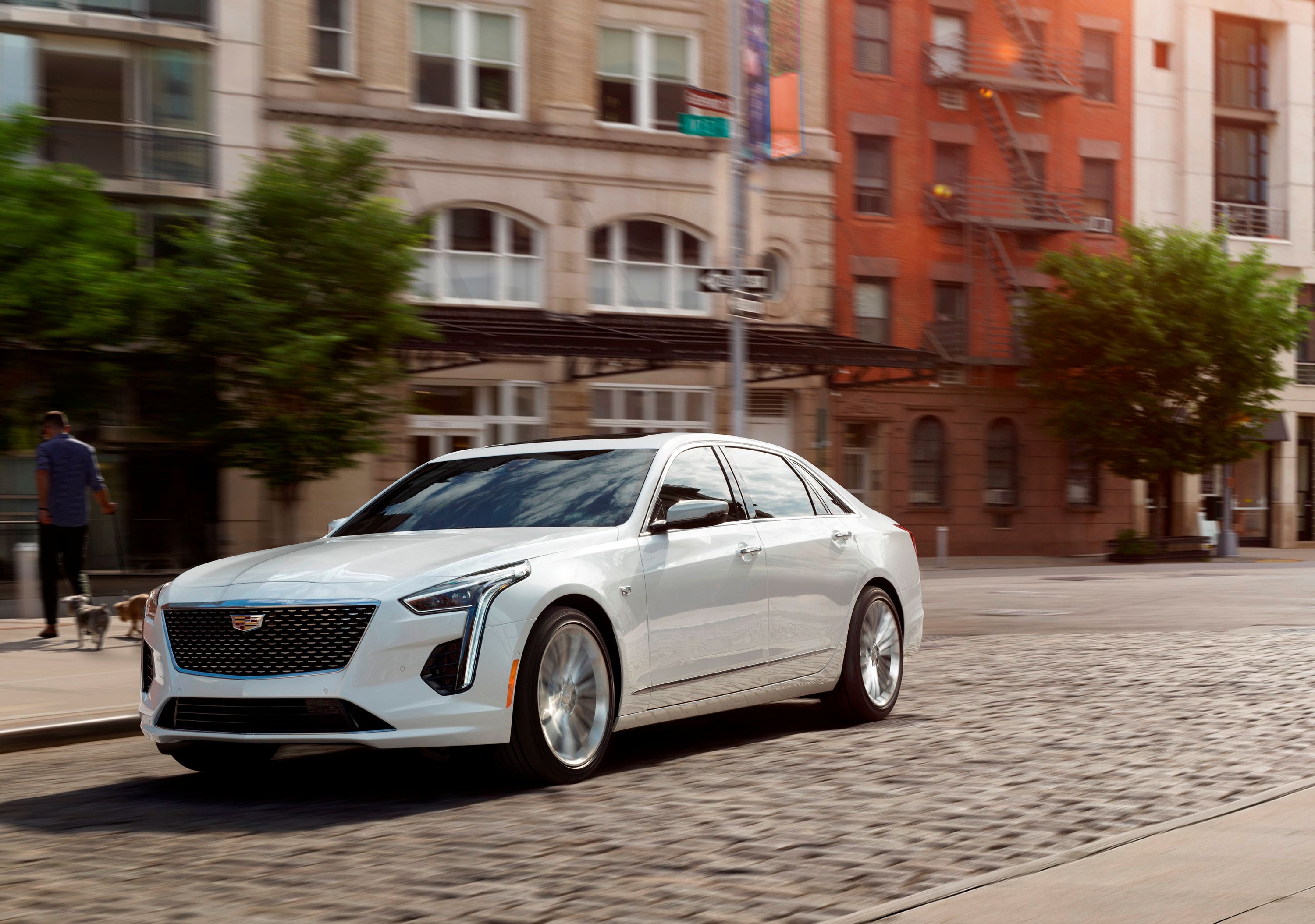Being something of a leader in the autonomous driving space, and keen to keep it that way, General Motors has its sights set on the followup to its semi-autonomous Super Cruise system, first introduced in 2017 on the Cadillac CT6: "Ultra Cruise".
That name isn't a done deal; GM is still deciding on what it wants to brand its next-generation computerized driving system. But what is certain is the automaker's goals for the system. GM Executive Vice President Doug Parks said during an online conference that Ultra Cruise will take everything Super Cruise is capable of - automatic lane-centering, automated cruising and braking - and bring it to city streets.
GM's Super Cruise can only be operated on certain, pre-mapped limited-access freeways - more than 200,000 miles of them in the US and Canada. Bringing the same technology to city streets will likely involve mapping millions more miles of roads between the two countries, using high-definition LiDAR to produce ultra-detailed three-dimensional models that the car can use as a reference to pinpoint its exact position within the driving environment.
It could also mean giving cars the ability to reliably identify stop signs, yield signs, traffic lights, and other critical signals - something that Tesla's competing Autopilot system wasn't able to do until just earlier this year, despite having been on the market for two more years than GM's Super Cruise.
In addition to expanding GM's semi-autonomous operation to city streets, Ultra Cruise is slated to be capable of taking on ramps and off ramps on its own, as well as executing automatic lane changes - something Tesla's Autopilot is capable of, but Super Cruise currently isn't. GM seems likely to keep Super Cruise's current means of ensuring driver attentiveness while the system is active, which uses facial tracking instead of monitoring for a hand on the wheel.
It's unknown when GM's "Ultra Cruise" system will be available, although it was just last year that the automaker filed for a trademark on the name with the US Patent and Trademark Office.

